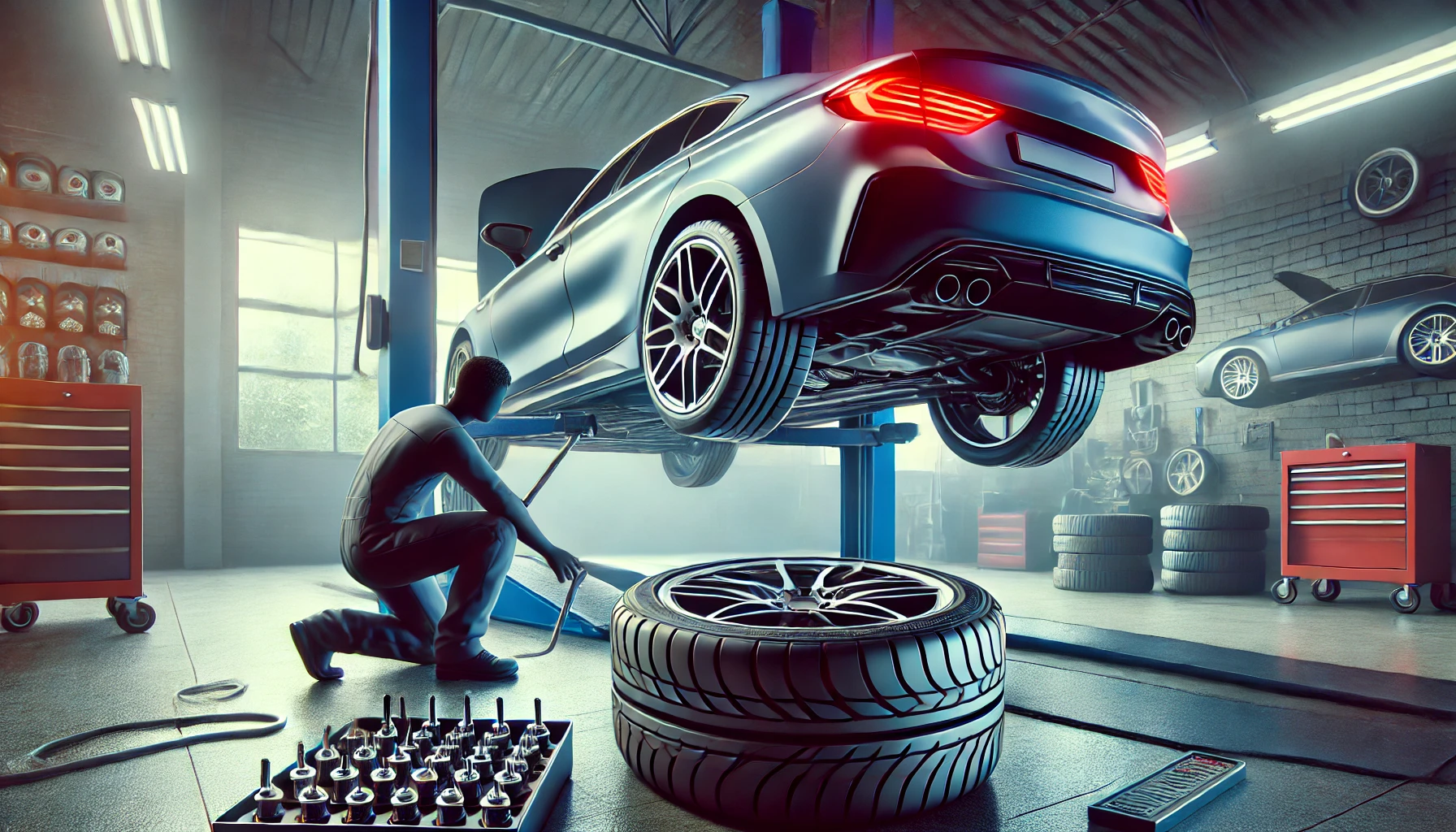Rust can weaken your car’s structure, damage its appearance, and reduce resale value. Exposure to moisture, road salt, and harsh weather can accelerate corrosion, making prevention essential. With proper care and maintenance, you can protect your vehicle’s body and extend its lifespan.
1. Wash Your Car Regularly
Dirt, salt, and moisture accumulate on your car’s surface and can lead to rust. Washing your car frequently removes these contaminants before they cause damage. Focus on the undercarriage, wheel wells, and lower panels where dirt tends to collect. During winter, wash your car more often to remove road salt, which accelerates rust formation.
2. Apply a Protective Wax or Sealant
Waxing your car creates a protective barrier against moisture and debris. Apply wax every three to six months for added protection. For even better durability, consider a ceramic coating, which lasts longer and provides superior resistance to water and contaminants.
3. Keep Your Car Dry
Moisture is a major cause of rust, so keeping your car dry helps prevent corrosion. Park in a garage or use a car cover if possible. Avoid leaving wet items inside the vehicle, as trapped moisture can lead to rust in hidden areas. If your car gets wet, dry it off as soon as possible, especially in cold weather.
4. Inspect and Repair Paint Chips and Scratches
Scratches and paint chips expose bare metal, making it vulnerable to rust. Regularly inspect your car’s paintwork for damage, especially around door edges, bumpers, and the hood. Use touch-up paint to seal small chips and prevent rust from forming.
5. Apply Rust Protection Treatments
Rust-proofing sprays and undercoatings provide an extra layer of protection, especially in areas exposed to road salt and moisture. If you live in a region with harsh winters, consider applying an anti-rust treatment to the undercarriage and other vulnerable areas at least once a year.
6. Keep the Undercarriage Clean
The undercarriage is one of the most rust-prone areas because it’s constantly exposed to dirt, water, and salt. When washing your car, use a hose or pressure washer to clean underneath. Some car washes offer undercarriage cleaning, which helps remove buildup in hard-to-reach areas.
7. Check and Maintain Drainage Holes
Many cars have small drainage holes along doors, the trunk, and the bottom of the vehicle to allow water to escape. If these holes get clogged with dirt or debris, water can accumulate and lead to rust. Check them regularly and use a thin wire or compressed air to keep them clear.
8. Avoid Parking on Wet or Salty Surfaces
Parking on wet grass, dirt, or roads treated with salt increases exposure to moisture and accelerates rust formation. Whenever possible, park on dry pavement or in a garage. If you must park in a humid area, check your car frequently for signs of rust.
9. Repair Rust Spots Immediately
If you notice rust forming, address it before it spreads. Light surface rust can be sanded down and treated with a rust converter, followed by primer and touch-up paint. For more serious rust, consult a professional body shop to prevent further damage.
10. Use Rust-Resistant Hardware
If you replace bolts, screws, or other metal components, choose stainless steel or galvanized parts to reduce the risk of rust. These materials resist corrosion better than standard metal and help prevent rust from spreading.
Final Thoughts
Preventing rust requires regular maintenance and attention to detail. By washing your car frequently, keeping it dry, applying protective coatings, and addressing damage early, you can preserve its appearance and structural integrity. Rust prevention not only extends your car’s lifespan but also helps maintain its value.


